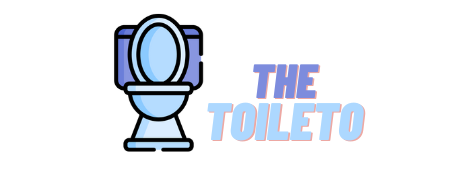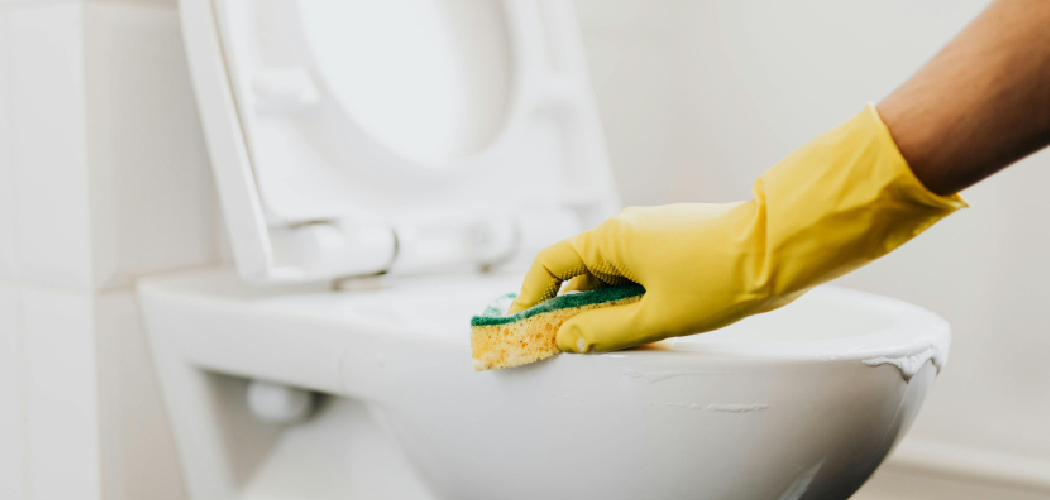Cleaning a toilet is an essential household task, but not everyone is keen on using a traditional toilet brush. Some people find brushes unhygienic due to the potential for bacteria buildup, while others dislike the challenge of storing a wet and unsightly tool. Additionally, there are situations where a brush simply isn’t available. Fortunately, there are alternative methods that can effectively tackle the job.
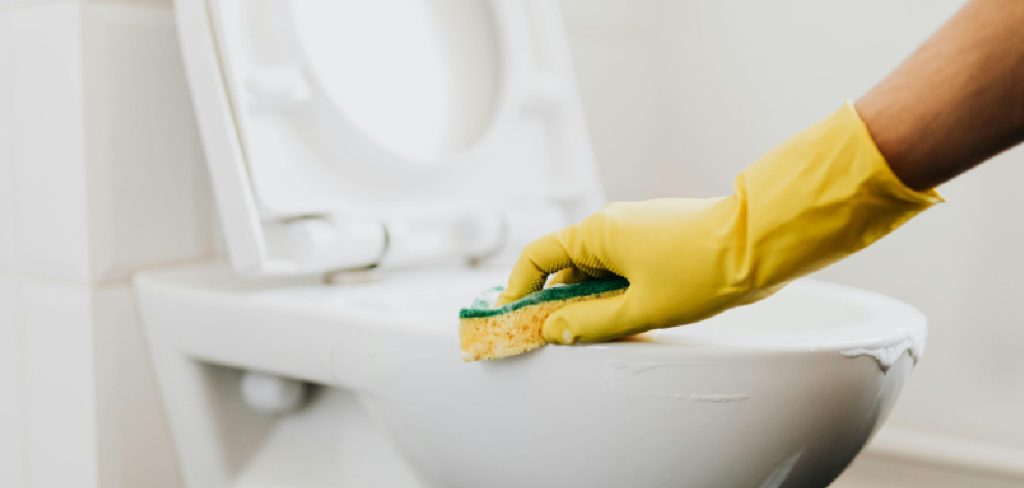
These options are more sanitary and eliminate the need for bulky storage and often work better when paired with modern cleaning products. This article aims to explore safe, effective, and accessible methods for achieving a spotless toilet bowl without relying on a traditional brush.
With an emphasis on practical tips and using household items, this guide will show you exactly how to clean a toilet bowl without a brush while maintaining the highest standards of hygiene and convenience.
Why Avoid Using a Toilet Brush?
Hygiene Concerns
Toilet brushes often become a breeding ground for bacteria and germs if they are not cleaned or stored properly. A brush holder’s damp and dark environment can foster an unsanitary buildup, posing potential health risks. Additionally, the bristles of a toilet brush wear out over time, making them less effective at cleaning stubborn stains and leaving residue behind, which defeats their intended purpose.
Space and Convenience
Finding room to store a toilet brush and holder can be challenging for those with small or compact bathrooms. Even if space allows, brushes can drip water after use, leading to unsightly messes and further sanitation concerns. The hassle of maintaining or cleaning the brush can often outweigh its benefits, especially when convenient, brush-free alternatives are available.
Eco and Cost Considerations
By avoiding the use of a disposable or plastic toilet brush, individuals can contribute to reducing household waste. This is particularly important in minimizing plastic pollution and promoting environmentally friendly choices. Additionally, skipping brushes altogether eliminates the need to purchase replacements, offering cost savings in the long term without sacrificing cleanliness or hygiene.
Essential Supplies You’ll Need
With the right supplies, maintaining a clean toilet without using a traditional brush is entirely possible. Choosing safe and effective cleaning agents and tools ensures both cleanliness and an environmentally conscious approach.
Safe Household Cleaners
- Baking Soda: A versatile cleaner that deodorizes and gently scrubs away grime.
- Vinegar: An effective natural acid for breaking down mineral deposits and killing germs.
- Hydrogen Peroxide: A safe disinfectant that eliminates bacteria and brightens surfaces.
- Dish Soap: Ideal for cutting through grease and residue without being abrasive.
- Borax (optional): A powerful cleaner for tackling stubborn stains and hard water deposits.
Tools for Cleaning Without a Brush
- Rubber Gloves: Essential for protecting your hands during cleaning.
- Disposable Cleaning Cloths, Old Rags, or Toilet-Specific Sponges: These are perfect for wiping surfaces after applying cleaners.
- Pumice Stone: Helpful for scrubbing away mineral buildup and tough stains without scratching.
- Toilet Wand or Mop-Style Cleaner: Opt for reusable or disposable options designed for easy handling and thorough coverage.
- Spray Bottle: Enables precise application of liquid cleaners, making it easier to target specific areas.
With these supplies at hand, you’ll be equipped to keep your toilet sparkling clean without a single brush in sight.
How to Clean a Toilet Bowl Without a Brush: Using Baking Soda and Vinegar
Step-by-Step Instructions
- Pour 1 cup of baking soda directly into the toilet bowl.
- Follow with 1 to 2 cups of vinegar. The combination will create a fizzing reaction.
- Allow the mixture to sit and work its magic for 10–15 minutes.
- Using a gloved hand, take a cloth or sponge and thoroughly scrub under the rim and around the entire bowl.
- Once all grime and stains are loosened, flush the toilet to rinse away the mixture.
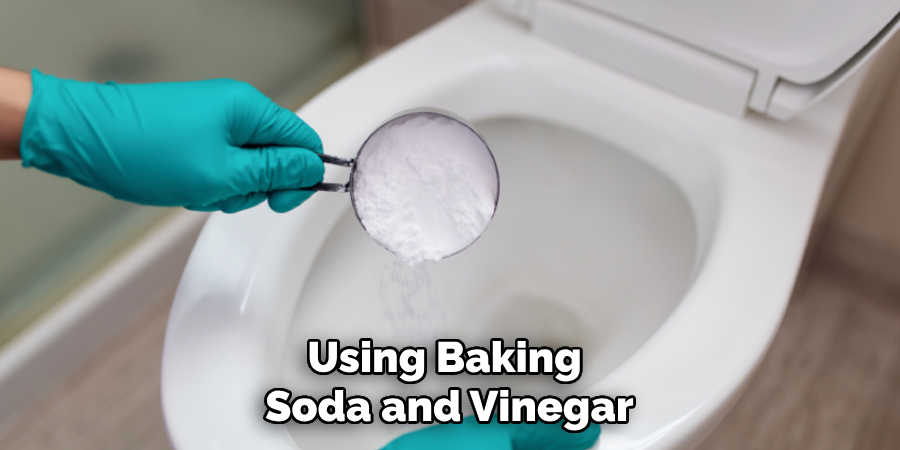
Why It Works
The effectiveness of this method lies in the complementary properties of baking soda and vinegar. Baking soda is a natural deodorizer that loosens dirt and grime from surfaces. On the other hand, vinegar is a powerful disinfectant. It naturally breaks down stains and mineral buildup, leaving the toilet clean and free of harmful bacteria. This simple, eco-friendly approach harnesses the power of natural ingredients, making it safe for your home and the environment.
Using Hydrogen Peroxide for Disinfection
Hydrogen peroxide is another excellent, eco-friendly option for toilet cleaning and disinfection. Its natural antibacterial and antiviral properties make it highly effective in eliminating germs without the use of harsh chemicals found in traditional cleaners. Best of all, it leaves no toxic residues and is safer for both your household and the environment.
Step-by-Step Instructions
- Pour about ½ cup of hydrogen peroxide directly into the toilet bowl.
- Allow it to sit for at least 30 minutes to disinfect and break down any residue or stains.
- After the wait time, use a sponge or cleaning rag to wipe down the entire bowl, making sure to focus on the waterline and under the rim where buildup often collects.
- Flush the toilet to rinse away the residue, leaving it clean and sparkling.
Advantages
- Kills bacteria and viruses naturally
Hydrogen peroxide is highly effective at eliminating harmful microorganisms, providing a deep clean without the need for commercial chemical solutions.
- Safe alternative to bleach and commercial disinfectants
Unlike traditional products filled with potentially hazardous ingredients, hydrogen peroxide is non-toxic and safe for general use.
- No strong fumes
Unlike bleach or ammonia-based cleaners, hydrogen peroxide has no overpowering smell, making cleaning more pleasant.
This efficient yet straightforward cleaning method ensures your toilet remains hygienic while supporting a greener, healthier lifestyle.
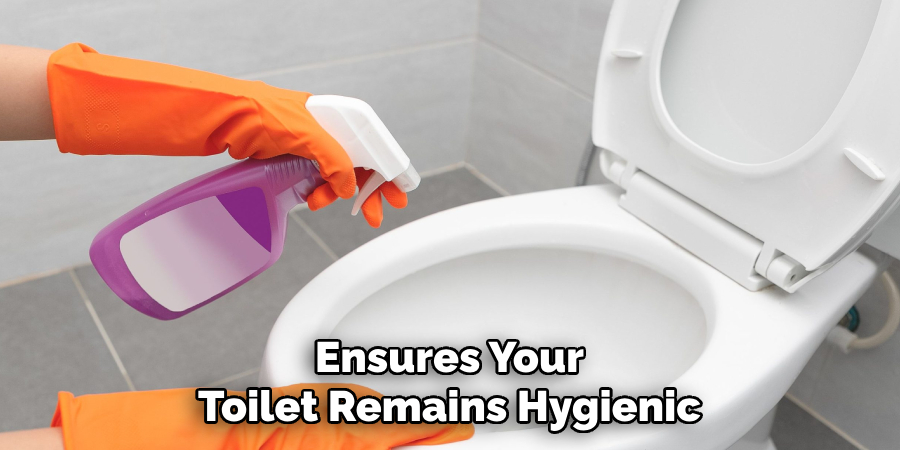
Removing Tough Stains Without a Brush
Dealing with tough stains and mineral buildup in your toilet doesn’t always require vigorous scrubbing or harsh chemicals. Here are some effective methods to tackle the problem with minimal effort.
Use a Pumice Stone (with care)
A pumice stone removes stubborn stains like hard water marks or limescale. To use it safely, first wet both the pumice stone and the surface of the toilet to prevent scratches. Then, gently rub the stone over the stained areas until the marks begin to lift. Be careful not to apply too much pressure, as this could damage the porcelain.
Use Borax for Mineral Buildup
Borax is a natural cleaning agent that works wonders on mineral deposits. Simply sprinkle about ¼ cup of Borax directly into the toilet bowl. Allow it to sit for 15–30 minutes to break down the buildup. Afterward, wipe or scrub the surface using a cloth or sponge to remove the residues easily.
Optional: Use Toilet Cleaning Tablets
For a hands-off approach, consider using toilet cleaning tablets. Drop a tablet into the bowl, and it will gradually dissolve to break down hard water stains over time, helping to keep your toilet cleaner with minimal effort.
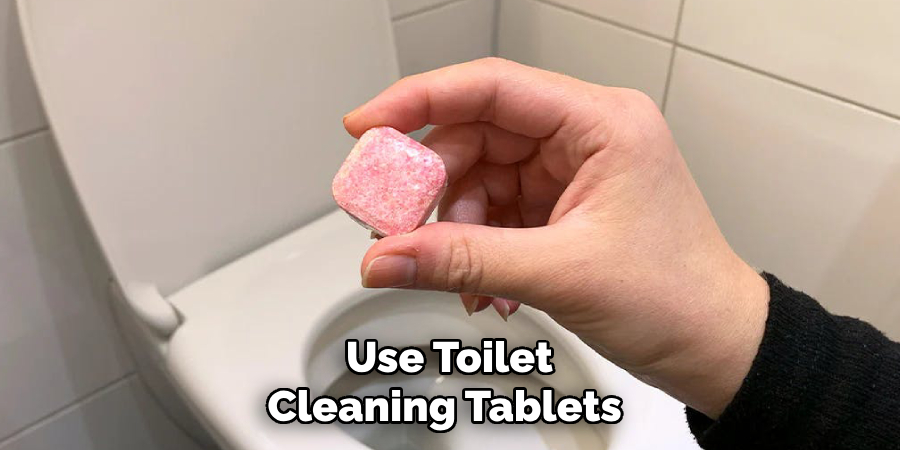
Cleaning Tools You Can Use Instead of a Brush
If you’re looking for alternatives to traditional toilet brushes, there are several effective tools you can consider for cleaning your toilet more sanitary and efficiently.
Toilet Wands or Disposable Pads
Toilet wands with disposable pre-soaked pads are a convenient option that makes cleaning quick and effortless. The pre-soaked pads are infused with toilet-cleaning solutions, allowing you to scrub the bowl without needing additional products. Once you’re done, simply discard the used pad, eliminating the need to clean or store the tool.
Toilet Mops or Swabs
Toilet mops or swabs are another excellent option, specially designed for toilet cleaning. These tools often feature a sponge-like head that is durable yet gentle on surfaces. Many toilet mops are washable and reusable, making them a more eco-friendly alternative to disposable options.
Dedicated Sponges or Scrubbing Gloves
Using dedicated sponges or scrubbing gloves allows for precise cleaning of hard-to-reach areas. Ensure you wear gloves for hygiene, and you can opt for washable sponges for reuse or single-use rags for less maintenance. Both options enable thorough cleaning while minimizing direct contact with water or residues.
Choosing the right alternative cleaning tool can improve overall cleanliness and make toilet maintenance more hygienic and user-friendly.
Tips for Keeping Your Toilet Clean Longer
Regular Maintenance
Clean your toilet once or twice weekly using mild cleaning solutions to prevent the buildup of grime and stains. Consistent upkeep ensures that dirt and bacteria don’t accumulate, making each cleaning session faster and easier.
Keep a Cleaning Spray Handy
Always have a spray bottle filled with a diluted vinegar or hydrogen peroxide solution nearby. This allows for quick and effective clean-ups of small messes or spills, helping maintain cleanliness between more thorough cleanings.
Preventive Measures
Invest in in-tank toilet tablets or other automatic toilet cleaners that actively work to keep your toilet fresh with each flush. Additionally, flushing regularly and keeping the lid closed can help minimize the spread of bacteria while maintaining a hygienic bathroom environment. Following these simple tips can significantly extend the cleanliness of your toilet and reduce the need for deep cleaning.
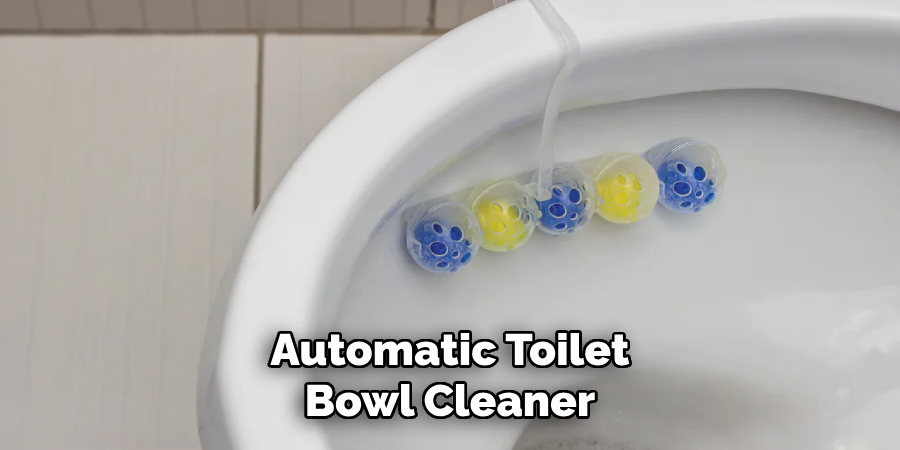
Conclusion
Cleaning your toilet without a brush is possible and can be more hygienic and convenient. By using alternative methods and everyday household products, you can maintain a fresh, spotless toilet with minimal effort. From in-tank toilet tablets to thoroughly scrubbing with disposable wipes, there’s a method for everyone.
If you’ve wondered “how to clean a toilet bowl without a brush,” now is the perfect time to try these techniques. Remember always to wear gloves for protection and properly dispose of any used cloths or sponges to ensure a clean and sanitary bathroom environment.
